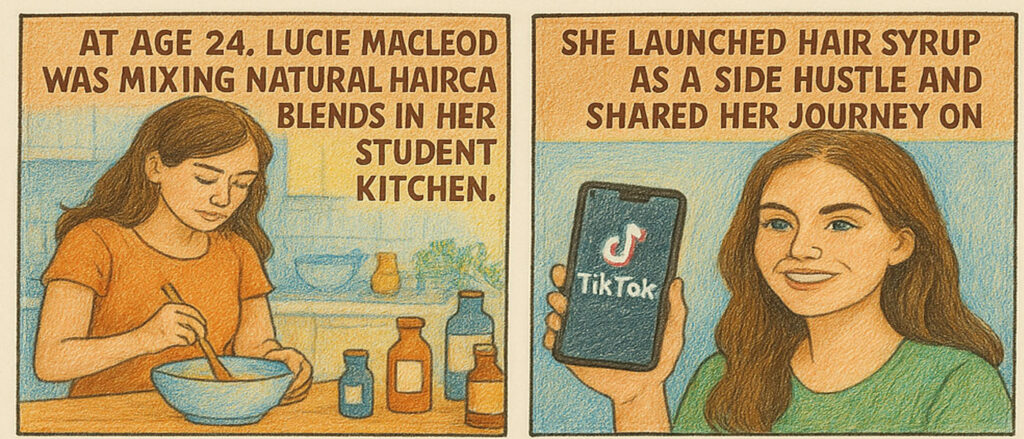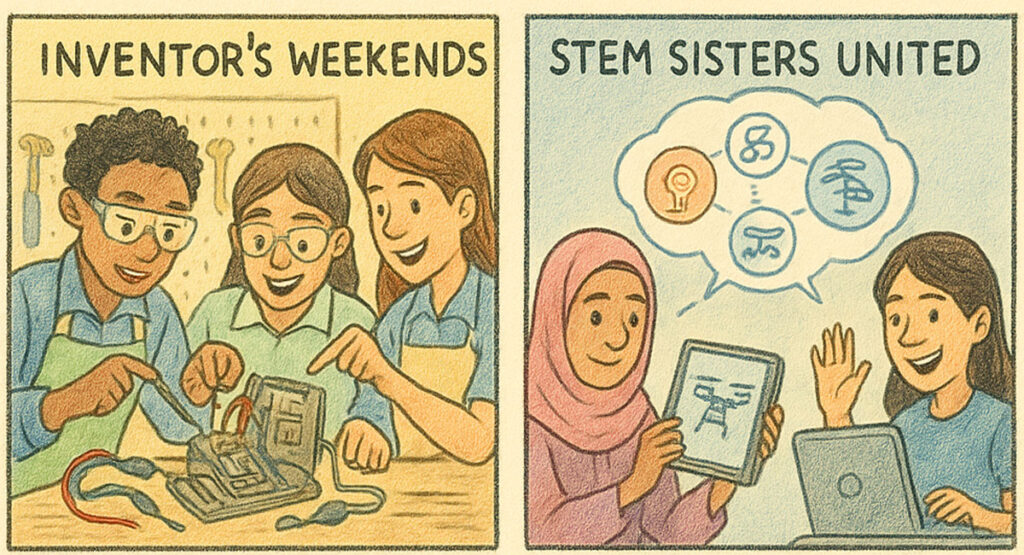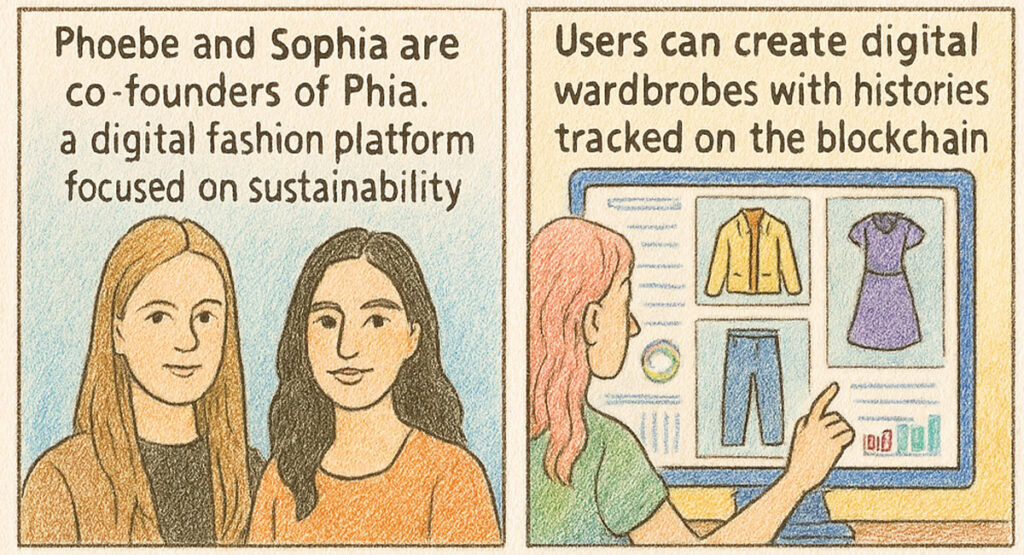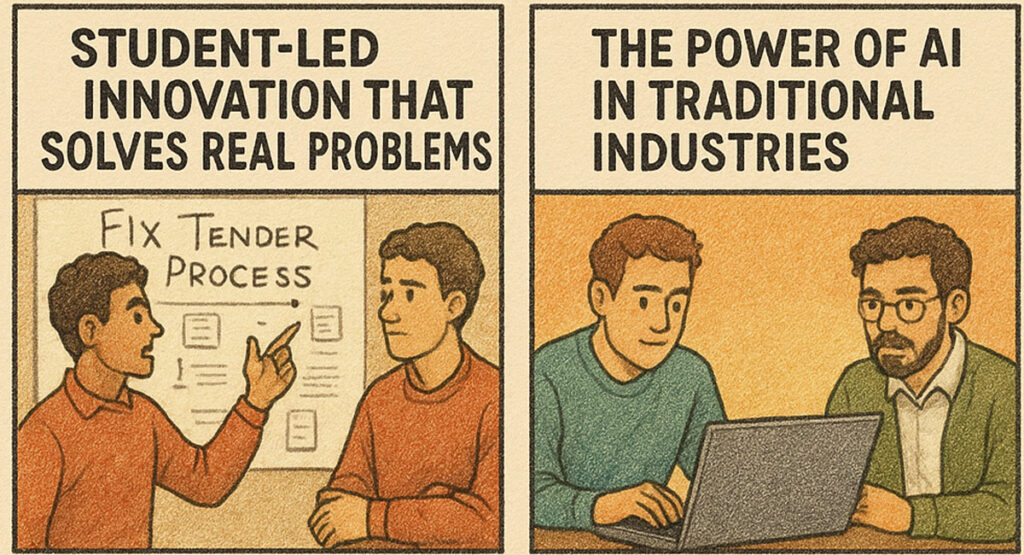Bailey Page was not your average teen. While others were focused on weekend plans and social media scrolls, Bailey was sketching out circuits, dismantling old gadgets, and dreaming about a world that never had to worry about dead phone batteries again. Raised on the sunny shores of Australia’s Sunshine Coast, he was the kind of kid who always had a spark in his eyes—an inventor’s spark.
His journey into entrepreneurship started with a simple, yet frustrating problem: his phone died one afternoon during a long bus ride home from school. No charger. No power. No way to contact anyone. It wasn’t just inconvenient—it felt paralyzing. That was the “Zip Zap” moment. Bailey realized that in a tech-connected world, battery life shouldn’t be a luxury. It should be accessible, fast, and portable.
With limited resources but unlimited curiosity, Bailey began tinkering in his garage. He experimented with various prototypes—some bulky, others sleek, some that barely worked and others that exploded with potential. He wasn’t just making chargers. He was crafting a solution for modern-day mobility. By 19, Bailey had designed what he called the “Zip Zap Bolt”—a lightweight, high-capacity power bank small enough to fit in your pocket but strong enough to charge your devices in half the time of a standard unit.

What set Zip Zap Chargers apart wasn’t just their cutting-edge design or blazing-fast speeds. It was Bailey’s vision for a brand that championed independence. Zip Zap Chargers weren’t just tools—they were lifelines for hikers, travelers, students, freelancers, and anyone constantly on the move. With a cool name and electrifying branding, the company captured imaginations quickly.
Bailey bootstrapped the company, selling early versions of the charger at local markets and online. His marketing was as creative as his engineering. He filmed TikToks demonstrating Zip Zap’s supercharged speed against competitors, and those videos went viral—some hitting millions of views overnight. With the momentum building, Bailey reinvested every dollar into production upgrades, packaging design, and sustainability.
Yes—sustainability. Bailey was determined not to add more e-waste to the world. He engineered Zip Zap Chargers to be long-lasting and modular. Instead of throwing away the unit, users could swap out parts or upgrade the core chip. The outer casing was made from recycled aluminum and biodegradable plastic composites. It wasn’t just innovation. It was conscience-driven innovation.
By 23, Bailey Page was not only running a thriving tech company but had also earned a place in the Sunshine Coast’s “30 Under 30” list—a moment of validation for the young entrepreneur who had once soldered wires by lamplight in his parents’ garage.
But Bailey didn’t stop at chargers. Under the Zip Zap brand, he began rolling out charging lockers for festivals, cafes, and airports—compact kiosks where users could rent a portable charger and return it anywhere in the network. This system, powered by a mobile app, brought the Zip Zap name to cities across Australia and beyond.
Bailey also initiated the “Charge It Forward” campaign. For every 100 chargers sold, Zip Zap donated 10 to remote communities in the outback or regions affected by natural disasters. Bailey believed that in the 21st century, digital connectivity was a right, not a privilege. Power should be portable. Power should be everywhere.
Today, Bailey Page stands as a role model for a new generation of makers and doers. He represents what can happen when a small frustration sparks a big idea—and when that idea is powered by vision, resilience, and heart. From a single dead phone on a bus ride home to thousands of fully charged lives across continents, Bailey turned energy into empowerment.
His story is not just about charging devices. It’s about charging dreams—and never running out of energy when it matters most.
Bailey didn’t just build a business—he built a movement. What began as a tech startup quickly transformed into a culture of empowerment, especially for young people who felt overlooked by the giants of the tech world. He began mentoring high school students, hosting free weekend workshops called “Power Up Labs,” where he taught the basics of electronics, coding, and creative problem-solving. The goal wasn’t to turn everyone into engineers. It was to ignite confidence—to prove that age and resources were never limits, only starting points.
One of the most inspiring shifts came when Bailey launched the Zip Zap Youth Accelerator. Open to anyone under 25, it was a platform where young inventors and designers could pitch ideas and get seed funding, mentorship, and even shelf space within Zip Zap’s retail network. Bailey remembered what it felt like to pitch to blank stares, to be too young to be taken seriously. So he built the kind of support system he had once dreamed of.
Bailey’s passion for purpose found another outlet through “EcoZap”—a new line of solar-powered chargers aimed at travelers and humanitarian workers. Inspired by his own weekend hikes and outdoor adventures, Bailey created devices that worked even in the most remote regions, storing solar energy during the day and delivering it at night. It wasn’t just about convenience anymore—it was about resilience and survival. One EcoZap helped a rescue team stay connected during a bushfire emergency. Bailey received a letter thanking him. He kept it framed on his desk.
Another side of Bailey that inspired many was his openness about failure. He often spoke publicly about the three early product launches that didn’t work out—the charger that overheated, the app that crashed, the shipment delay that cost him his biggest early client. But instead of hiding those setbacks, he wore them like armor. “Innovation isn’t supposed to be perfect,” he would say. “It’s supposed to evolve. And so are we.”
Bailey also embraced creativity beyond tech. He wrote a short book called Current State, a mix of journal entries, design sketches, and motivational thoughts about energy, progress, and staying curious. The book became popular among young entrepreneurs and was even used in classrooms to inspire design thinking.
He later teamed up with environmental artists and musicians to launch “Charge the World,” a traveling experience combining music, storytelling, and hands-on tech innovation booths powered by solar energy. Teens and kids would come not just to listen or watch—but to build, to create, to dream with their hands. Bailey walked through each event, not as a CEO, but as a fellow dreamer in sneakers, answering questions and handing out DIY kits.
Zip Zap began appearing in school curriculums, eco-tourism guides, and travel magazines. But Bailey’s proudest moment wasn’t about press or profits. It came one quiet afternoon when he received a video message from a 14-year-old girl in a remote part of Northern Australia. Using the Zip Zap Youth Kit, she had built a tiny charger from scratch—and used it to power a desk lamp at night to do her homework. Her message: “Now I can see my dreams more clearly.”
Bailey watched it, smiled, and whispered, “That’s why.”
From a garage inventor to a symbol of sustainable change, Bailey Page continues to charge the world—not just with electricity, but with hope, imagination, and the energy to believe in what’s possible.





















